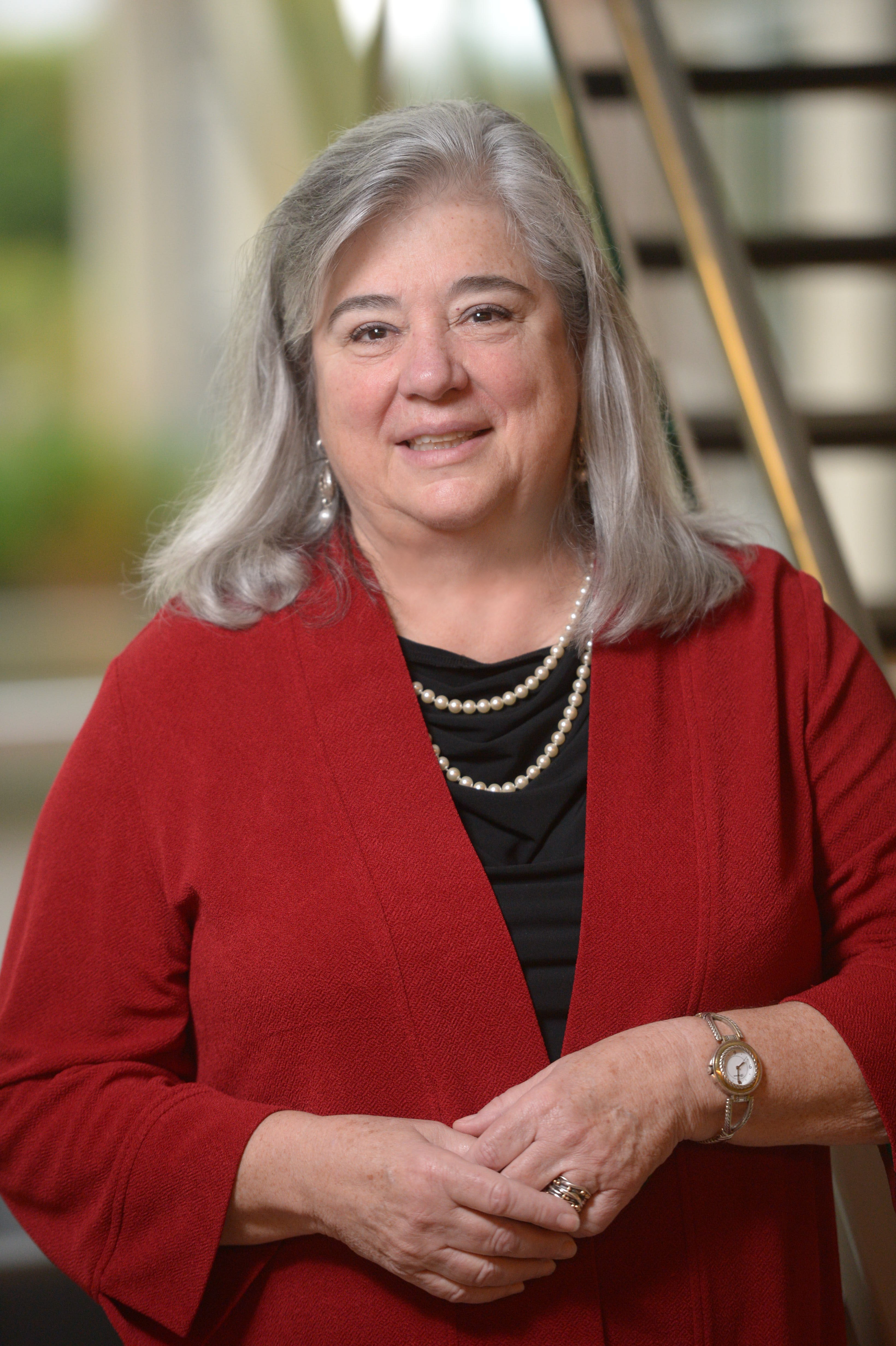“The Grief Crisis Is Coming.” So warned the headline of a New York Times editorial in which the author described the toll of losses from the pandemic on the individual level. She said that for each person who dies from COVID-19, nine loved ones have been left behind to grieve, according to the COVID-19 Bereavement Multiplier introduced by a professor at Pennsylvania State University. That number is conservative and does not consider the healthcare team that cared for those patients.

Headlines have also advised about the mental health toll on healthcare professionals, especially nurses. Stress and unresolved grief certainly are contributing to compassion fatigue and burnout, but a compounding factor has been nurses’ fear for their own and their families’ personal safety from COVID-19. What is worrisome is that many may be finding that the solution is to leave their jobs or even the profession.
In their recent article, “Emotional Hazards of Nurses’ Work,” longtime ONS member Debi Boyle and her coauthor said that nurses may be at higher risk because of the intimate and ongoing exposure to suffering and loss of patients for whom they care. Shah et al. conducted a secondary analysis of data from the 2018 National Sample Survey of Registered Nurses—recognize that the survey was completed before the pandemic—and found that burnout was significant in the nursing workforce and varied regionally. Key factors were staffing levels and hours worked per shift.
Many oncology nurses are attracted to and remain in the specialty because of the close and continuing relationships with patients and their families. We have many moments of joy and celebration, but we can also have as many of sadness and grief. Oncology nurses have developed many innovative approaches to support themselves and their colleagues, to be resilient, to maintain compassion, and to prioritize self-care. ONS has a Nursing Self-Care Learning Library, and the Oncology Nursing Foundation just launched its 40 Ways to Wellness program. What is occurring now, however, is less likely to be resolved by diet, exercise, sleep, or yoga and meditation. Although those are very effective in counterbalancing everyday stress, the stressors prior to and during the pandemic are increasingly structural: workload, staffing, supply shortages, and time-intensive electronic records. Those require organizational solutions.
Many organizations, such as the American Association of Critical Care Nurses, National Academy of Medicine, and Institute for Healthcare Improvement, have outlined solutions to the factors that contribute to clinician burnout. But it is going to take top-down and bottom-up commitment to change the environment.
ONS’s new e-book, Reflections on COVID-19 and Cancer Care: Stories by Oncology Nurses, illustrates ways in which members have dealt with the events of the past year. Loss and grief, which oncology nurses face and manage all the time, were multiplied by structural failures in our organizations. As we emerge from the pandemic, we will need to address the burden of stress, grief, and burnout, individually, collectively, and organizationally.






